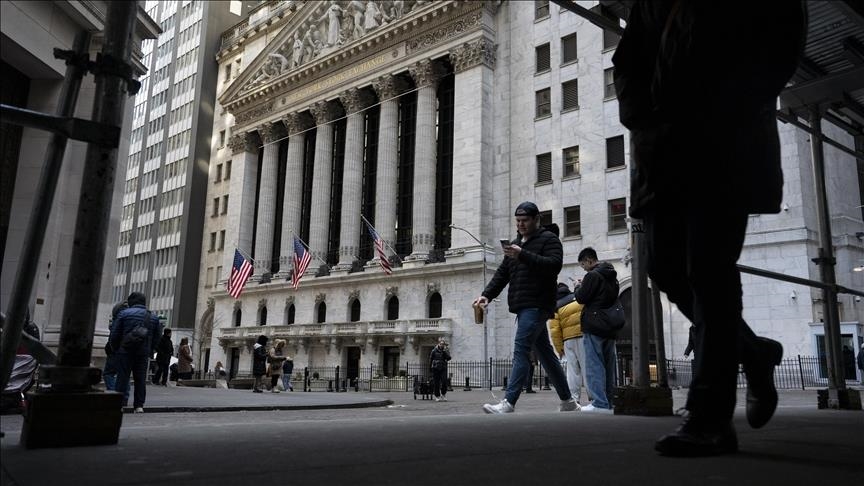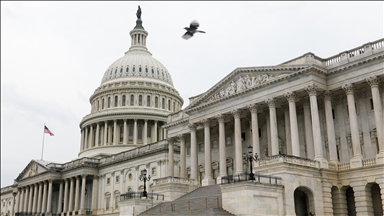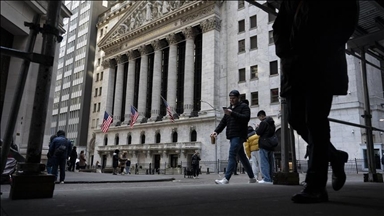US stocks close mostly with losses amid renewed trade tensions
Nasdaq slides 0.76%, S&P dips 0.16%, while Dow rises 0.44%, 'fear index' climbs 9.35%

ISTANBUL
US stock markets closed mostly in the red on Tuesday, as the US and China engaged in a renewed trade war.
The Nasdaq fell 0.76%, or 172.91 points, to 22,521.70 and the S&P 500 dropped 0.16%, or 10.41 points, to 6,644.31.
The Dow Jones Industrial Average, on the other hand, gained 0.44%, or 202.88 points, to close at 46,270.46.
The Volatility Index (VIX), also known as the "fear index," surged 9.35% to 20.81.
The mostly negative course was fueled by the back-and-forth moves from the top two economies regarding the trade war.
China on Tuesday imposed sanctions on five US-linked South Korean companies, including Hanwha Marine Corporation, in response to Washington's probe into China's maritime, logistics, and shipbuilding industries.
Beijing's move followed Washington's imposition of new port fees on Chinese-built or operated ships. China also announced last week that starting Tuesday, it will charge US ships for docking at Chinese ports in retaliation for Washington's imposition of fees on Chinese vessels entering US ports.
Earlier, Trump said that China's choosing not to buy US soybeans was "an economically hostile act."
"We are considering terminating business with China having to do with Cooking Oil, and other elements of Trade, as retribution," he wrote on his Truth Social platform. "As an example, we can easily produce Cooking Oil ourselves, we don’t need to purchase it from China."
Treasury Secretary Scott Bessent said Tuesday that China's imposing of export restrictions on technology-related resources is an attempt to undermine the world economy. He told a Financial Times interview that the decisions over rare earths and minerals are an attempt by China “to pull everyone else down with them.”
Separately, Federal Reserve Chair Jerome Powell hinted that the central bank is getting close to stopping the reduction of the size of its bond holdings, but he did not provide a long-term forecast for the direction of interest rates.








